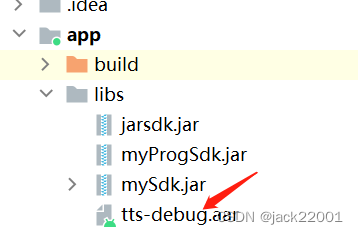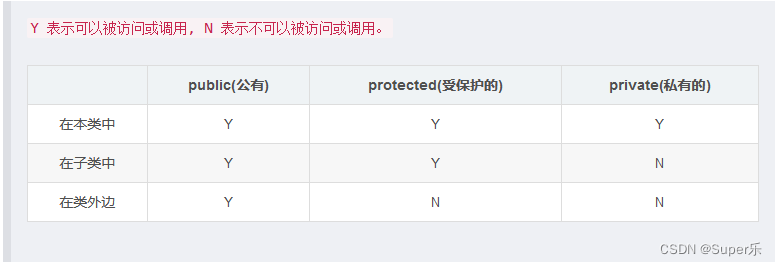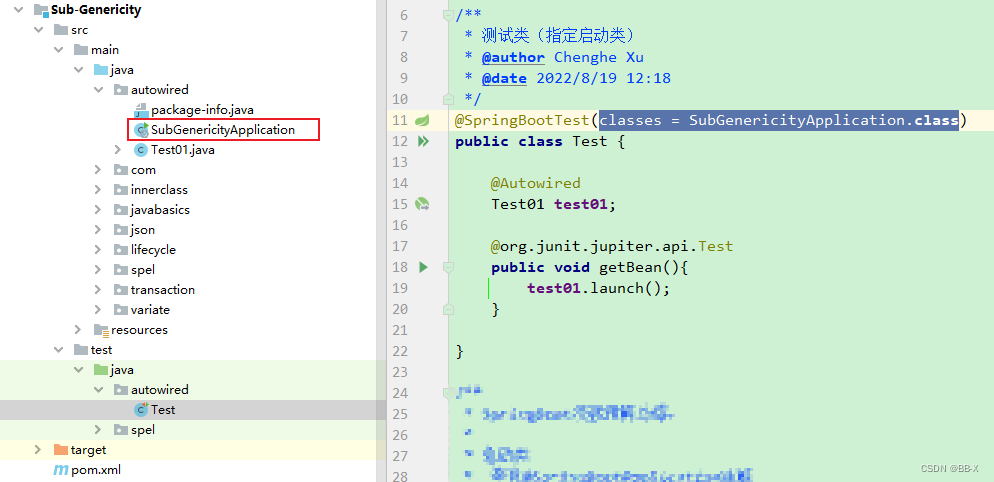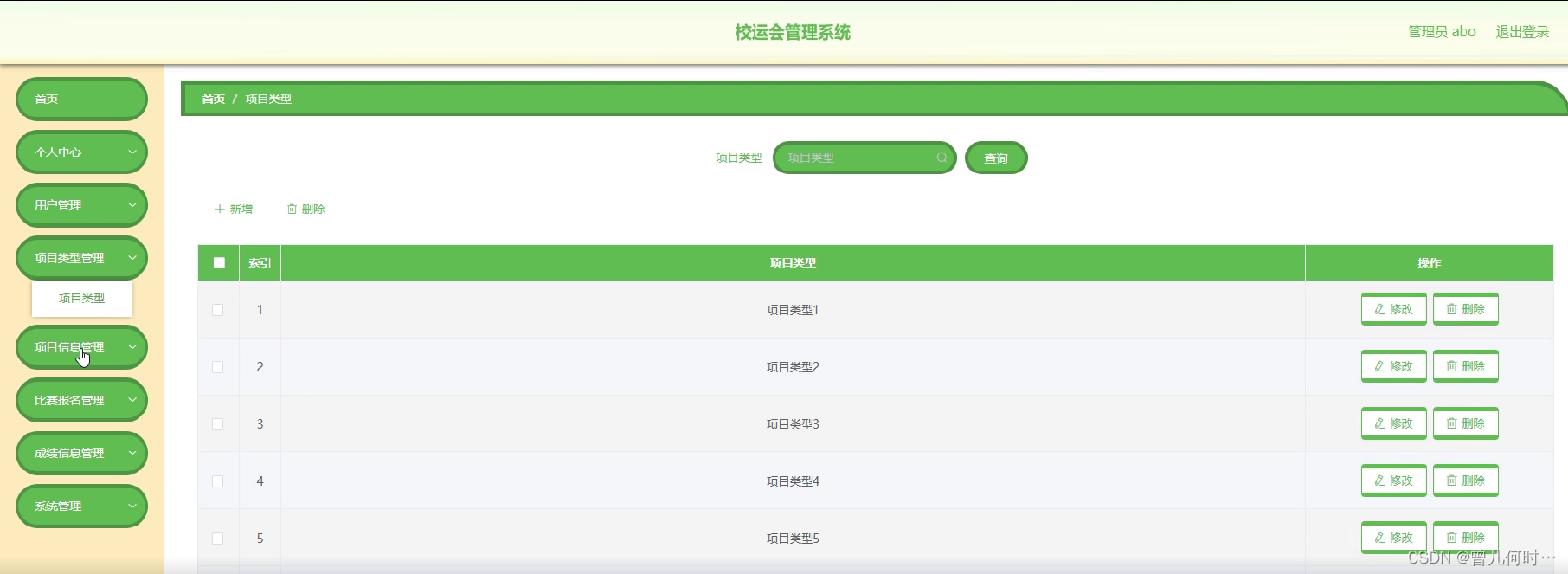谈到股票量化研究领域,肯定少不了有自动交易系统的支撑,像平时能将股票池中的数据挖掘出来也能熟能生巧的进行自助量化研究,包括数据接口系统的开发使用都是受到量化的影响,那么,如何看待股票量化研究?
像平时,假如我们需要查询股票数据,则这是进行股票量化研究的第一步,很快的将自己的选择股票的需求输入接口系统,增加源代码搜索,量化结果的就是根据需求查询出来。
比如股票交易接口进行股票量化研究查询的范围:
字段名 |
类型 |
备注 |
stock_exchange | uint32 | 证券市场,见数据字典 |
stock_code | string | 证券代码 |
created_at | int64 | 快照日期时间戳(毫秒) |
status |
uint32 | 状态:0-开盘前,1-开盘集合竞价,2-集合竞价至连续竞价,3-连续竞价,4-中午休市,5-收盘集合竞价,6-闭市 |
prev_close_price | uint32 | 前收盘价 |
open_price | uint32 | 开盘价 |
latest_price | uint32 | 最新价 |
high_price | uint32 | 最高价 |
low_price | uint32 | 最低价 |
limit_up_price | uint32 | 涨停价 |
limit_down_price | uint32 | 跌停价 |
order_quantity | uint32 | 成交笔数 |
volume | uint64 | 成交数量 |
amount | uint64 | 成交金额 |
bid_volume | uint64 | 委托买入数量 |
bid_price | uint32 | 委托买入加权平均价 |
ask_volume | uint64 | 委托卖出数量 |
ask_price | uint32 | 委托卖出加权平均价 |
bid_price_detail | repeated uint32 | 委托买入价格明细(十档) |
bid_volume_detail | repeated uint32 | 委托买入数量明细(十档) |
ask_price_detail | repeated uint32 | 委托卖出价格明细(十档) |
ask_volume_detail | repeated uint32 | 委托卖出数量明细(十档) |
代入源码开发分享,查询股票池中数据:
/ 查询各类交易数据
// category: 0=>资金, 1=>股份, 2=>当日委托, 3=>当日成交, 4=>可撤单,
// 5=>股东代码, 6=>融资余额, 7=>融券余额, 8=>可融证券,
// 12=>可申购新股, 13=>新股申购额度, 14=>配号, 15=>中签,
// 16=>未平仓融资合约, 17=>未平仓融券合约, 18=>未平仓两融合约
typedef void (*QueryDataProc)(int clientId, int category, char *result, char *errinfo);
const auto QueryData = reinterpret_cast<QueryDataProc>(GetProcAddress(hDLL, "QueryData"));
assert(QueryData);
std::cout << "========== 查询资金: category = 0 ==========\n";
int category = 0;
QueryData(clientId, category, result, errinfo);
if (NULL != errinfo[0]) {
std::cout << errinfo << std::endl;
} else {
std::cout << result << std::endl;
}
std::cout << std::endl;

简单的就构造了一条股票量化研究策略,方便投资者在执行期间,能够合理的执行策略。

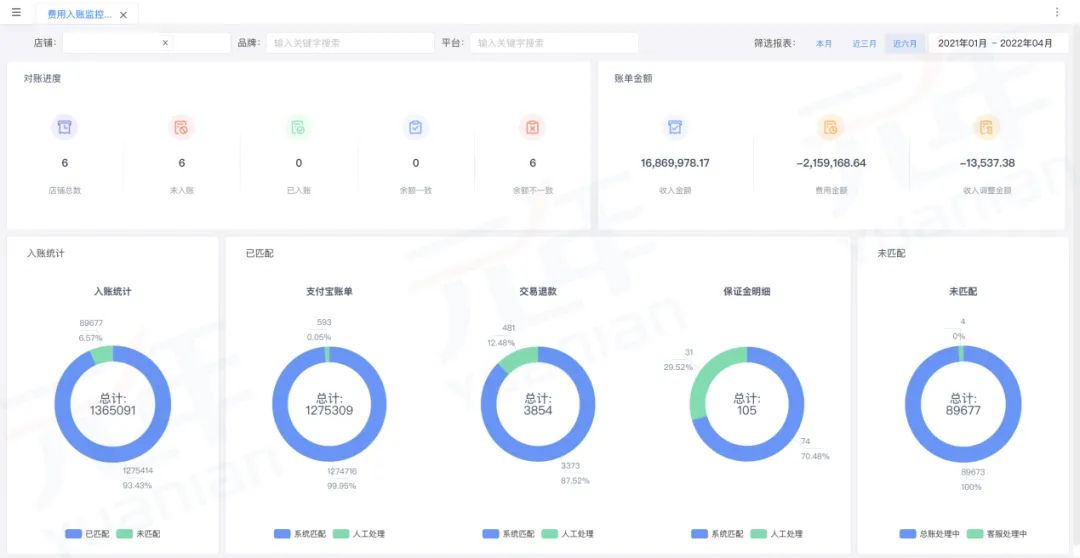



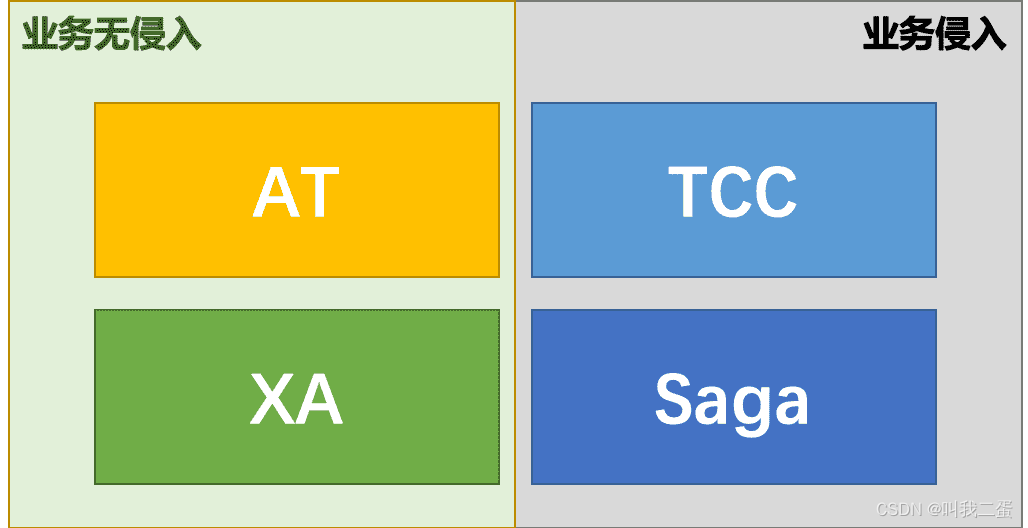
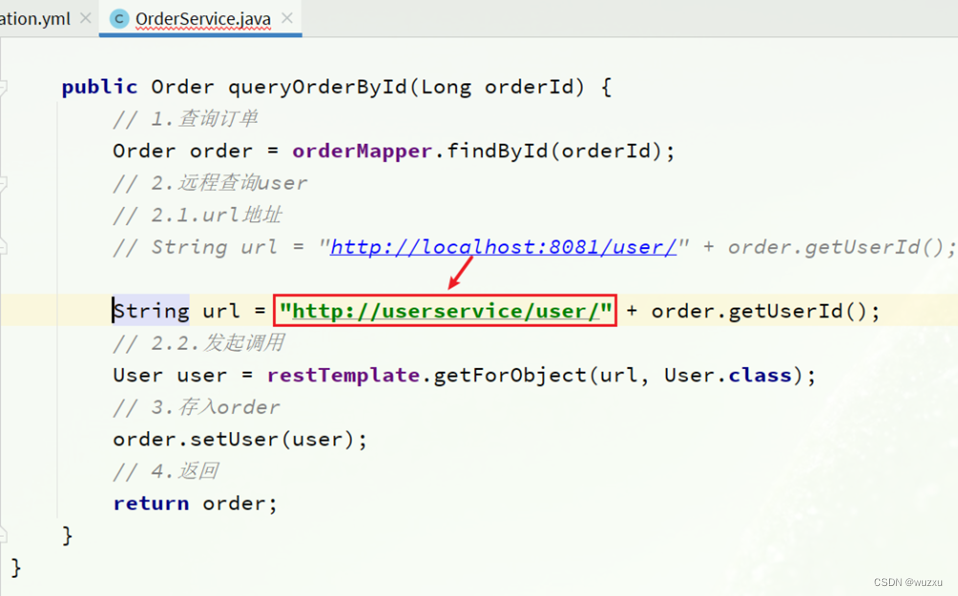


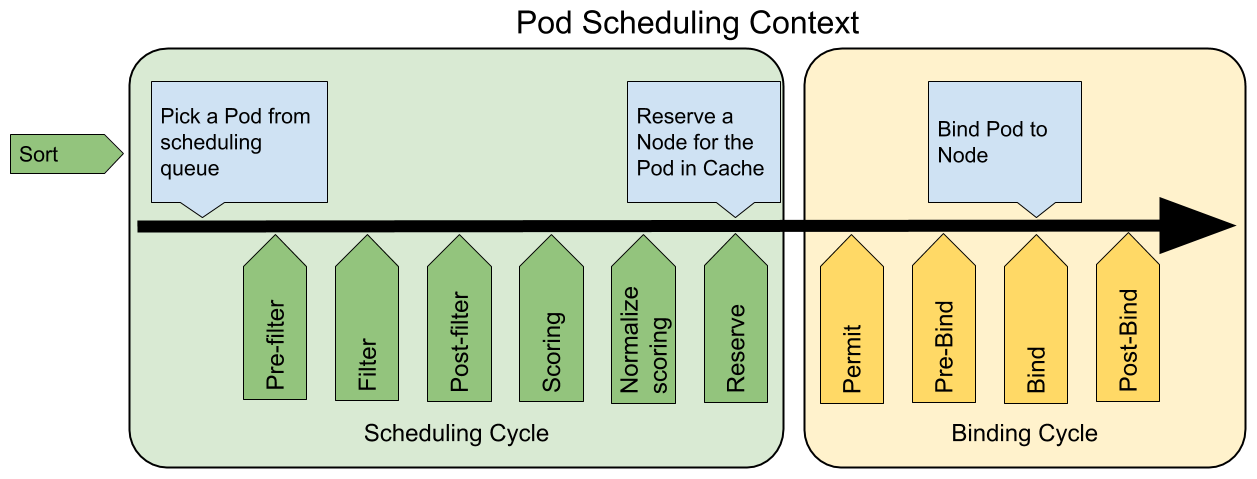

![[Linux]生产者消费者模型(基于BlockQueue的生产者消费者模型 | 基于环形队列的生产者消费者模型 | 信号量 )](https://img-blog.csdnimg.cn/c5d9adce58ec4fe89fd3578009b89f18.png)
